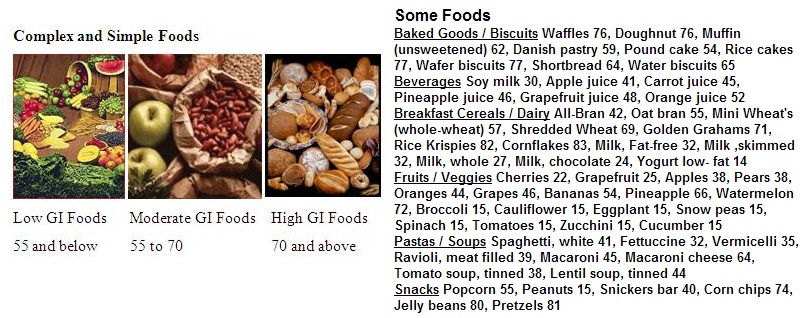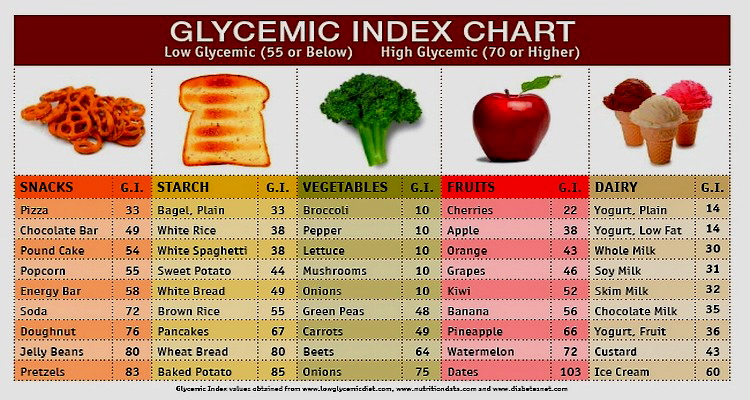Where can you find carbohydrates and what is the glycemic index?
Carbohydrates whether they are simple or complex can be found in a good variety of foods. The most common place where people find them is in bread, pastas, sport drinks, energy bars, gel packs, etc. There is a difference between simple and complex carbohydrates that many use as the simple rule for measuring nutrient value against other foods. Simple carbohydrates such as fruit juices and various snacking foods cause the blood glucose levels in your body to rapidly rise and then drop dramatically in a much shorter period of time causing your blood sugar to be much lower. These types of nutrients have been found to be lacking in nutritional value. Complex carbohydrates such as breads, cereals, vegetables are digested slowly and cause little change in blood glucose levels and produce a flatter and more evenly sustained blood glucose level. Those types of carbohydrates have been found to be more nutritious. Aside from complex and simple carbohydrates there is more to be understood about them. Simple and complex carbohydrates can sometimes have the same effect and now there is a new understanding of how to measures nutrients in carbohydrates. It has been termed as “glycemic index” and now is a common lingo among most everyone.
The glycemic index provides a way to rank each carbohydrate to the blood glucose level after the intake of each nutrient. To say it simply, this system is used to compare the blood glucose response with a two-

